
Browse an alphabetical list of articles about the Holocaust and World War II. Learn more about topics such as the Nazi rise to power, how and why the Holocaust happened, life in Nazi camps and ghettos, and the postwar trials.
<< Previous | Displaying results 801-847 of 1105 for "Article" | Next >>
The Nazis used propaganda to promote their ideas and beliefs about a "national community." Read more about the principles, goals, and strategies of Nazi propaganda.
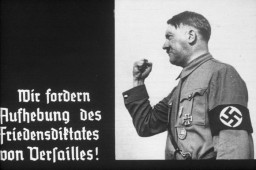
Swedish diplomat Raoul Wallenberg led an extensive rescue effort during the Nazi era. His work with the War Refugee Board saved thousands of Hungarian Jews.

Learn about conditions and the treatment of prisoners in Ravensbrück, the largest concentration camp for women in the German Reich.
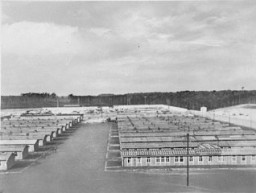
Explore a timeline of the history of the Ravensbrück camp in the Nazi camp system from its establishment in 1938 until the last of the Ravensbrück trials in 1966.
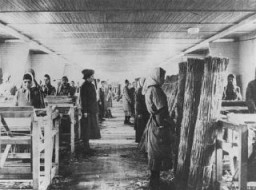
Ravensbrück was the largest concentration camp for women in the German Reich. Learn about the last months of the Ravensbrück camp and the postwar trials of camp staff.
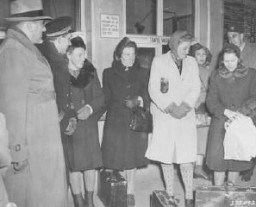
Learn about US Army Divisions that have been recognized as liberating units by the United States Holocaust Memorial Museum and the US Army's Center of Military History.
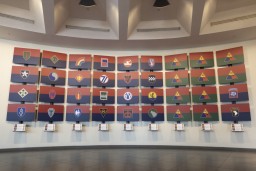
Between 1933-1945, Latin American governments officially permitted approx. 84,000 Jewish refugees. Learn more about Latin America refugee policy.

The search for refuge frames both the years before the Holocaust and its aftermath. Learn about obstacles refugees faced when searching for safe havens.

As of mid-2022, there were about 27 million refugees. Learn more about these refugees, the violence they face, and the global impact of the refugee crisis.

The Reich Security Main Office (RSHA), created by Heinrich Himmler, brutally coordinated and perpetrated many aspects of the Holocaust.

The Nazis and their coalition partners used the burning of the Reichstag on February 27, 1933, as the pretext for emergency legislation that ultimately paved the way for Nazi dictatorship.
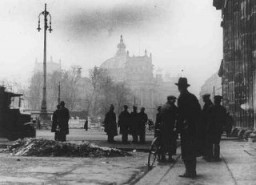
The Reichstag Fire Decree of February 1933 restricted individual freedoms, and allowed Hitler's government to overrule state and local laws and overthrow state and local governments.
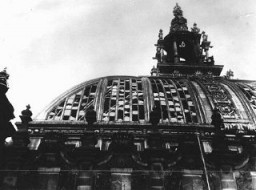
Reinhard Heydrich, Reich Security Main Office chief, was one of the main architects of the “Final Solution," the Nazi plan to murder the Jews of Europe.
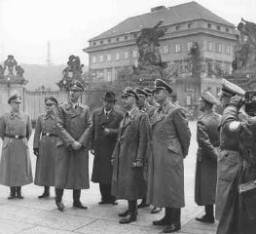
Before the Nazi rise to power in 1933, Europe had a vibrant, established, and diverse Jewish culture. By 1945, two out of every three European Jews had been killed.
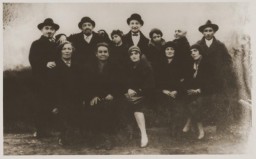
Rescue efforts during the Holocaust ranged from the isolated actions of individuals to organized networks both small and large.
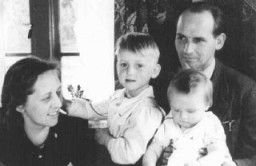
While some European Jews survived the Holocaust by hiding or escaping, others were rescued by non-Jews. Learn more about these acts of resistance.
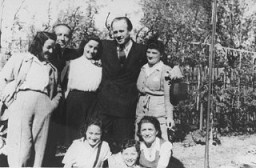
The Danish resistance movement, assisted by many ordinary citizens, coordinated the flight of some 7,200 Jews to safety in nearby neutral Sweden. Learn more about rescue in Denmark.
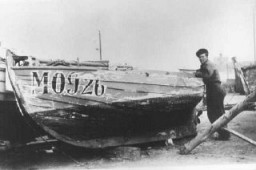
Learn more about Jewish resistance efforts in the smaller ghettos of eastern Europe and the obstacles and limitations Jews faced.
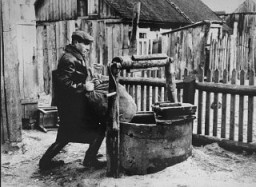
Learn more about the Holocaust Encyclopedia’s key terms and selected youth movements related to resistance in the smaller ghettos of eastern Europe.
Some individuals and groups in Germany attempted to resist Nazism, despite the risk of being caught and facing punishment. Learn more about their efforts.
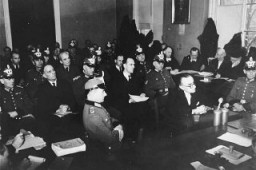
In May 1939, the St. Louis set sail from Germany to Cuba. Most of the passengers, fleeing Nazi Germany, were denied entry. Learn more about their fates.
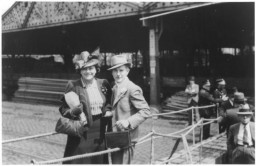
Lawyer Robert Kempner was expelled from Germany in 1935. After WWII, he would return to serve as assistant US chief counsel during the IMT at Nuremberg.
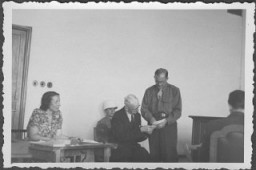
Crossing the Rhine River allowed US and British troops to advance into the interior of Germany, helping to bring about the defeat of the Third Reich in WWII
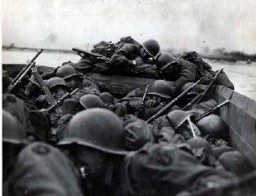
Count Richard Nikolaus Coudenhove-Kalergi founded the "Pan-Europe" movement. His works were tossed into the flames during the Nazi book burnings of 1933.
The Riegner telegram detailed the Nazi plan to systematically murder European Jews. It was sent to the British and American governments in August 1942.
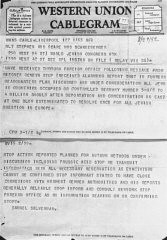
German forces occupied Riga, Latvia in July 1941. Learn more about the establishment of the Riga ghetto, mass shootings of Jews, and Jewish resistance.
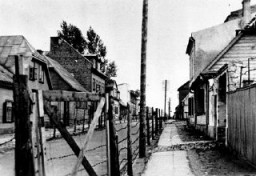
Righteous Among the Nations are non-Jewish individuals honored by Yad Vashem, Israel's Holocaust memorial, for risking their lives to aid Jews during the Holocaust.
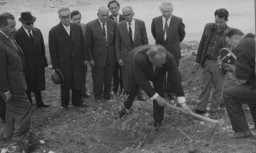
“Ritchie Boys” is a term used for American soldiers who trained at Camp Ritchie during World War II. Several thousand were Jewish refugees from Europe. Learn more.
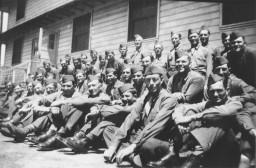
After WWII, many Holocaust survivors, unable to return to their homes, lived in displaced persons camps in Germany, Austria, and Italy. Read about Rivoli DP camp.
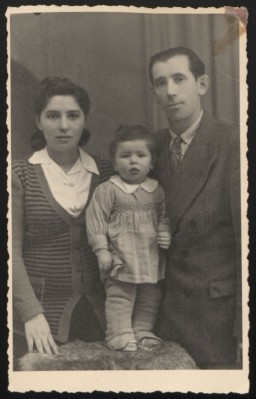
Brief overview of the charges against Robert Ley at the International Military Tribunal at Nuremberg. Ley was founder of the German Labor Front (DAF).
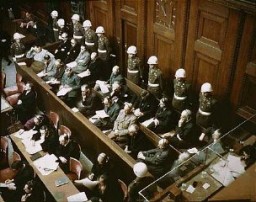
Robert Ritter was a German doctor whose work helped drive the development of the Nazi regime’s anti-Romani policies of persecution and genocide.

For centuries, Roma (labeled “Gypsies”) were scorned across Europe. Read more about Romani peoples, including the Sinti, and their lives in Europe.
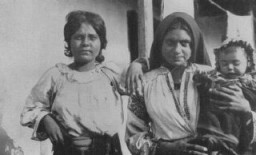
Even before joining the Axis alliance in 1940, Romania had a history of antisemitic persecution. Learn more about Romania before and during World War II.
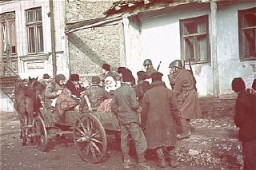
Learn more about Rome, Italy during the German occupation between 1943-1944 and the fate of the Jews living there.
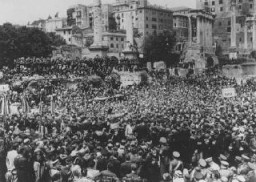

Rosa Luxemburg was a Marxist and a leader of the radical wing of the German Social Democratic Party. Her work was burned in Nazi Germany in 1933. Learn more.
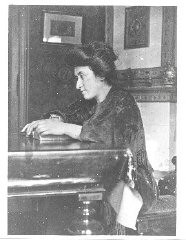
In February/March 1943, non-Jewish Germans protest the incarceration of their Jewish family members at Rosenstrasse 2-4 in Berlin. Learn about the impact of the protest.
After WWII, many Holocaust survivors, unable to return to their homes, lived in displaced persons camps in Germany, Austria, and Italy. Read about Rothschild Hospital DP camp.
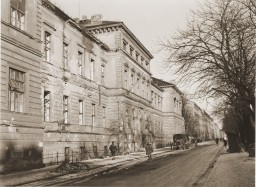
Brief overview of the charges against Rudolf Hess, one of the leading German officials tried during the International Military Tribunal at Nuremberg.
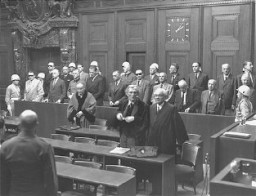
Rudolf Hilferding was a well-known socialist. Also Jewish, he was persecuted by the Nazis and later died in prison. His books were burned in Germany in 1933.
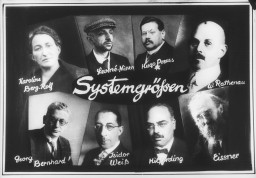
Learn more about Rudolf (Rezső) Kasztner (1906-1957) during World War II and his controversial efforts to help refugees escape Hungary in 1944.
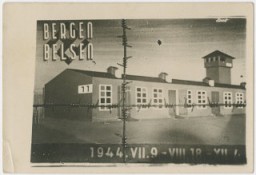
The Russian Revolution consisted of two separate revolutions in 1917: the February Revolution and the Bolshevik Revolution. Learn more.
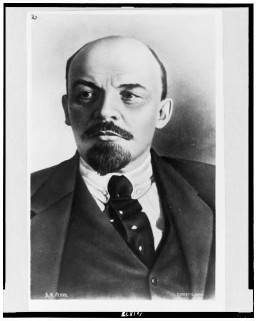
Children's diaries bear witness to some of the most heartbreaking experiences of the Holocaust. Learn about the diary and experiences of Rut Berlinska.
From April to July 1994, extremist leaders of Rwanda’s Hutu majority directed a genocide against the country’s Tutsi minority. Learn more

The first conviction for the crime of genocide came after the 1994 genocide in Rwanda, when Jean-Paul Akayesu was found guilty of genocide and crimes against humanity.
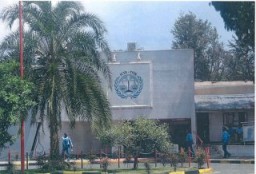
The Röhm Purge (the “Night of the Long Knives") was the murder of the leadership of the SA (Storm Troopers), the Nazi paramilitary formation led by Ernst Röhm. Learn more.
The SA (Sturmabteilung) was a paramilitary organization integral to Hitler’s ascension to power. Learn more about the rise and fall of the SA.
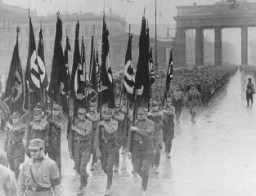
We would like to thank Crown Family Philanthropies, Abe and Ida Cooper Foundation, the Claims Conference, EVZ, and BMF for supporting the ongoing work to create content and resources for the Holocaust Encyclopedia. View the list of donor acknowledgement.